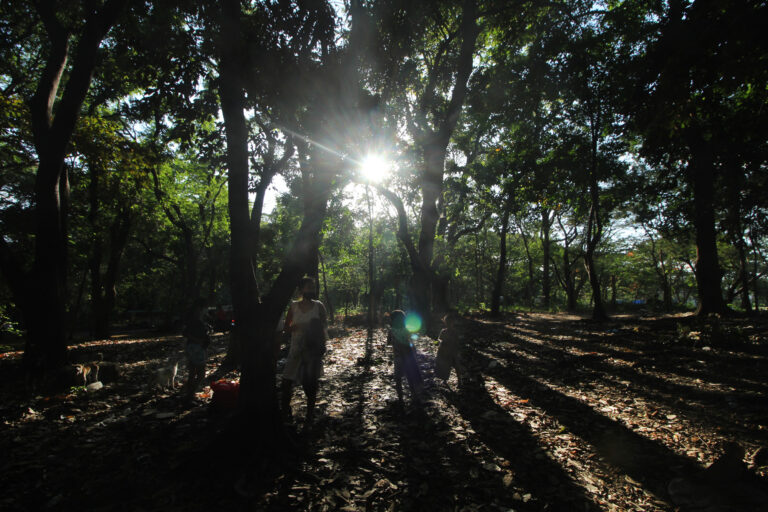
Not many people have heard or been to this mini rainforest right in the heart of Mega Manila: the University of the Philippines Arboretum. Not even most “Kyusi” dwellers themselves.
For one, it’s hidden. A la Secret Garden. Two, the forest is shut off from the public’s view by the edifices of UP Technohub along Commonwealth Avenue. Three, urbanites are not really that drawn to Dame Nature. UP Arboretum is for daydreamers.
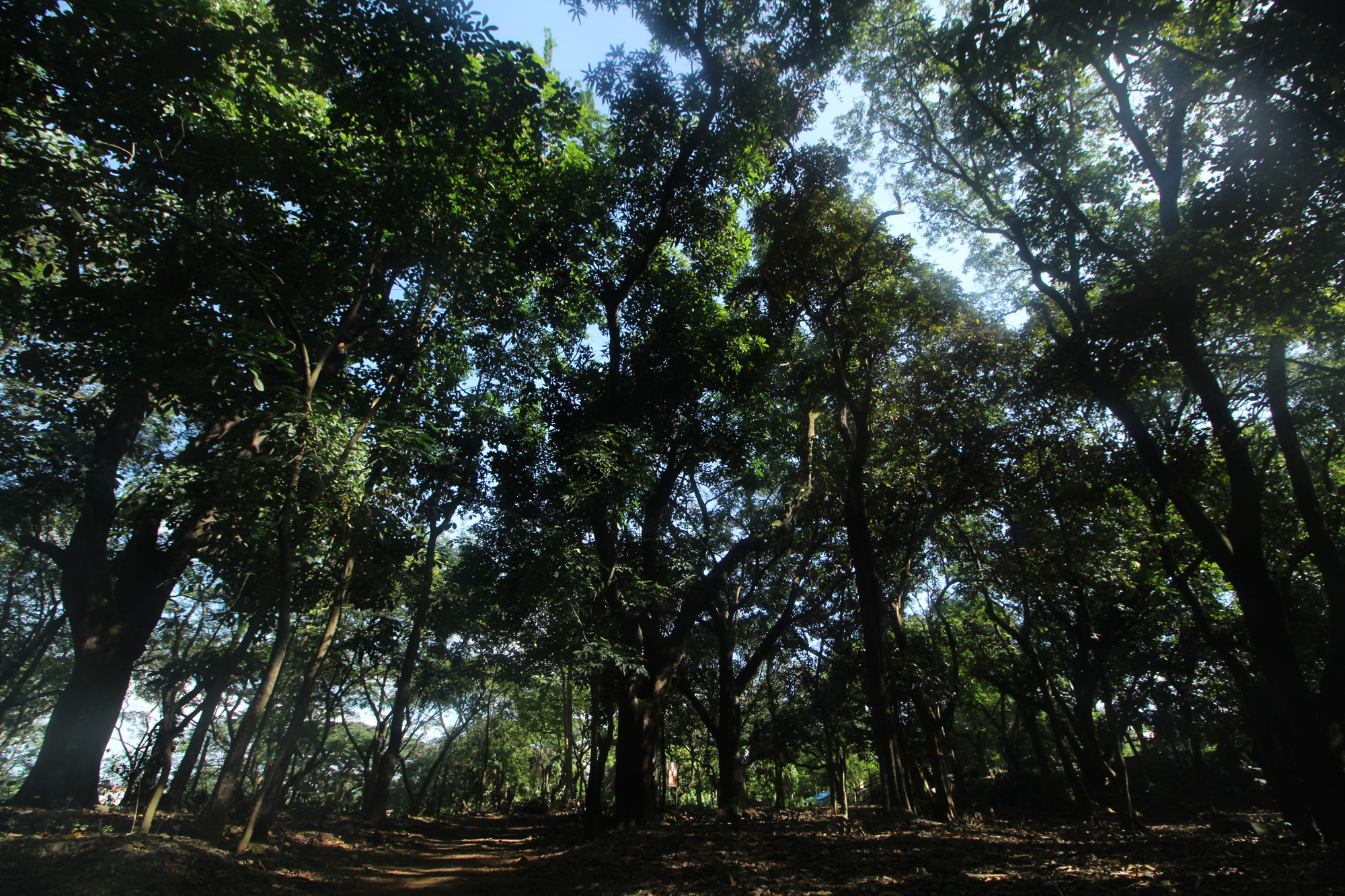
Established during the Pre-war era, the Arboretum serves as repository of plants and tree species.
The forest nursery grew into a woodland as what it is today: 18 hectares of nearly 500 endemic and exotic trees. Most of which towers more than 20 feet. With a breath of flora and fauna, a patch of grassland and dotted with small watercourses.
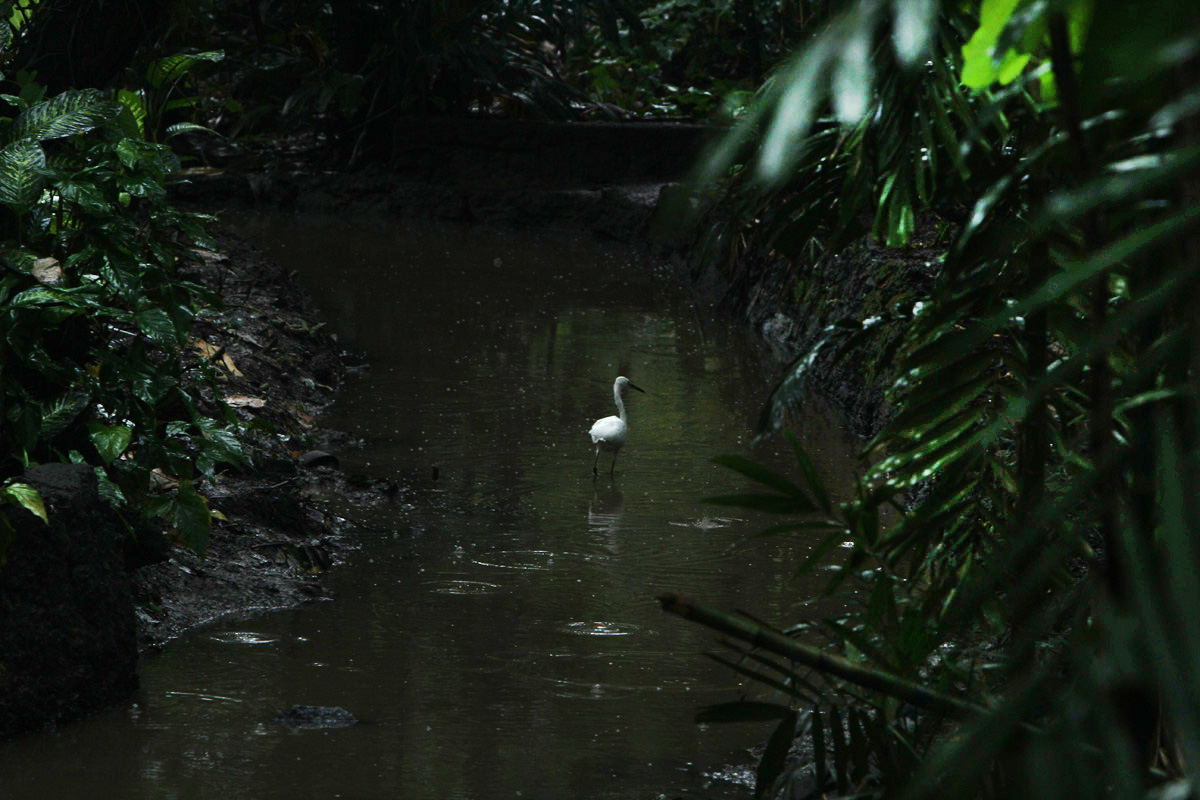
The Arboretum is home to an existing ecosystem with an amazingly sound biodiversity, considering its urbanized location. Leocadio Alasaas is one of the pioneer inhabitants of Arboretum. At 80, and still doing the rounds around the forest, Alasaas remains sharp on every tree variety in his breadth.
“Back in the ‘50s, there were only four of us authorized by the university to stay here. Never crossed my mind people would settle here.” he remembers.
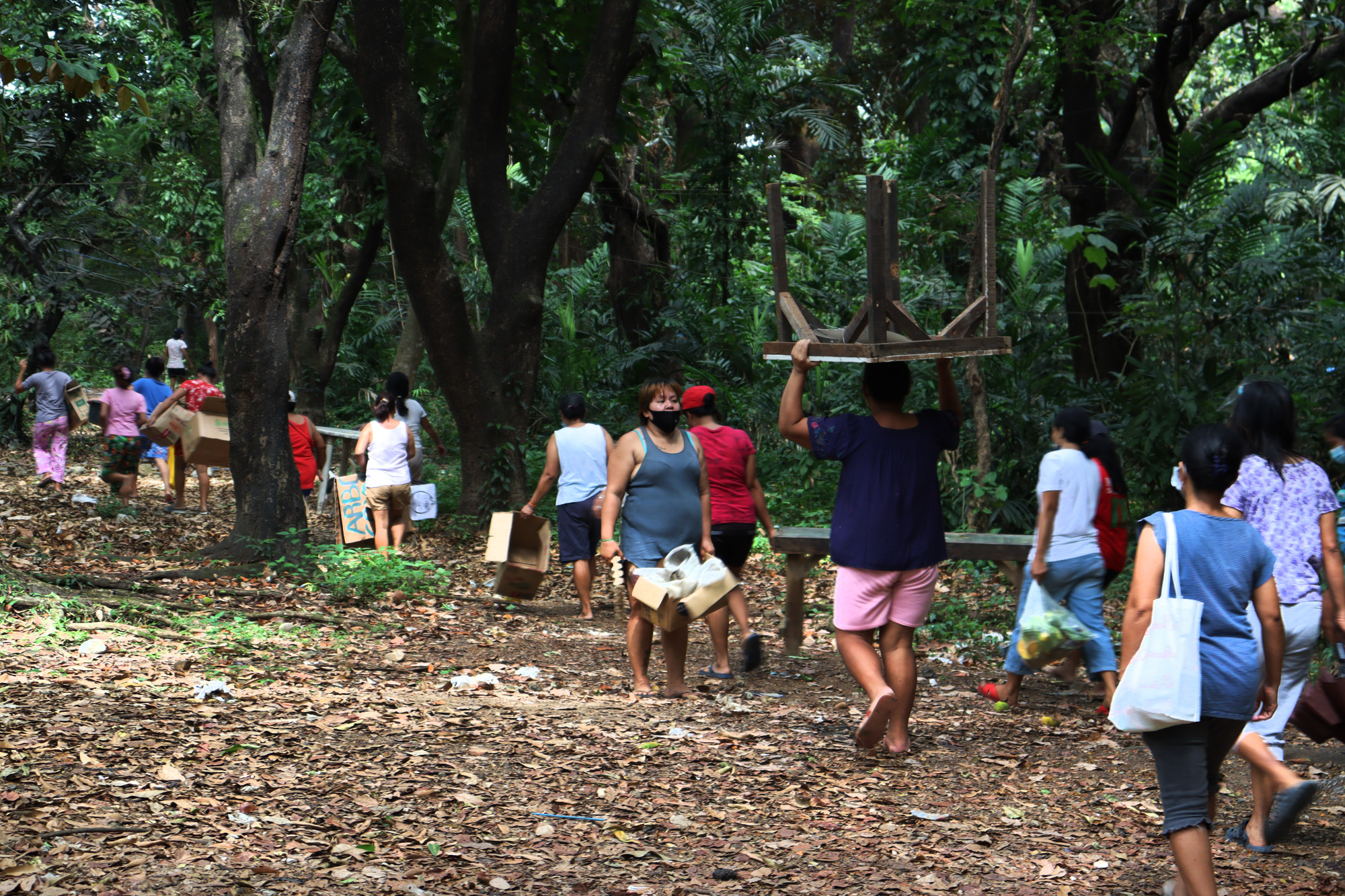
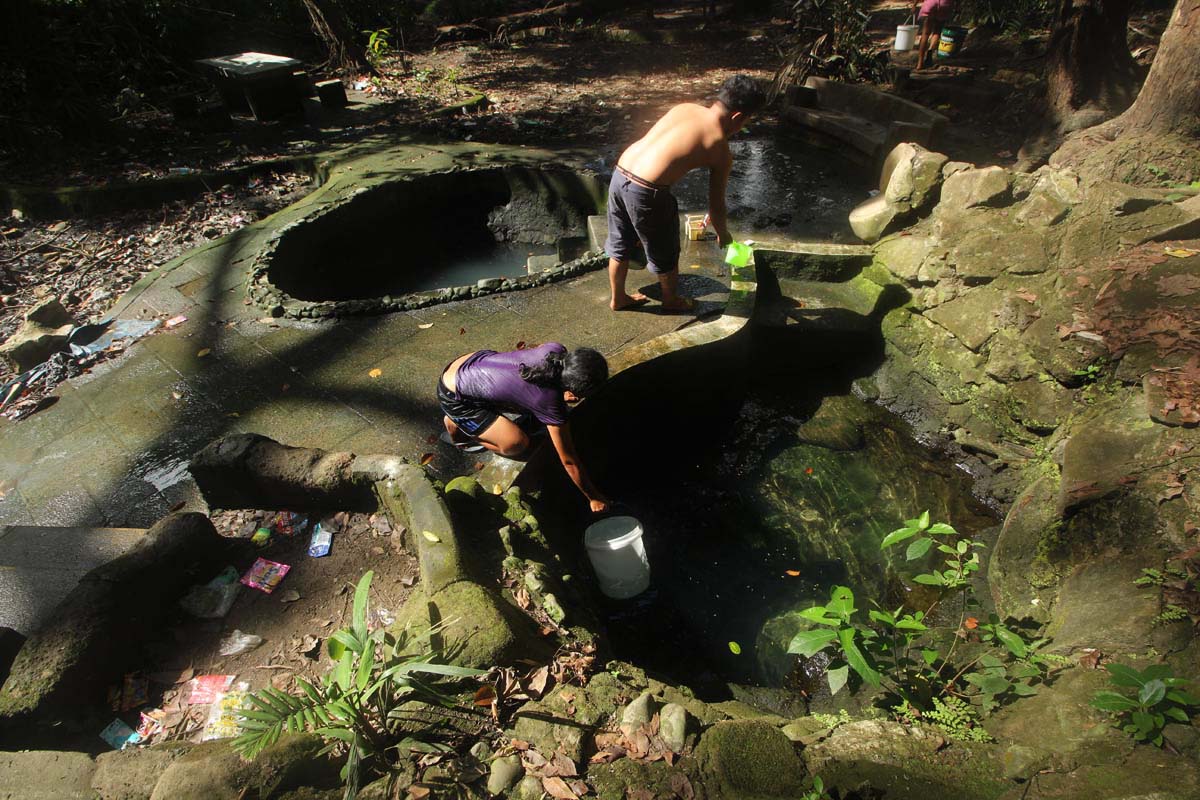
UP Arboretum has become home to a community, “Pook Arboretum”. What was once an encampment to UP gardeners and caretakers turned into a move-in ground for informal settlers.
To date, there are nearly 6,000 residents occupying Blocks 1 to 5 of the Arboretum. A threat to the forest, says the DENR.
A heartache for Alasaas, seeing freely roaming animals feed on young trees.
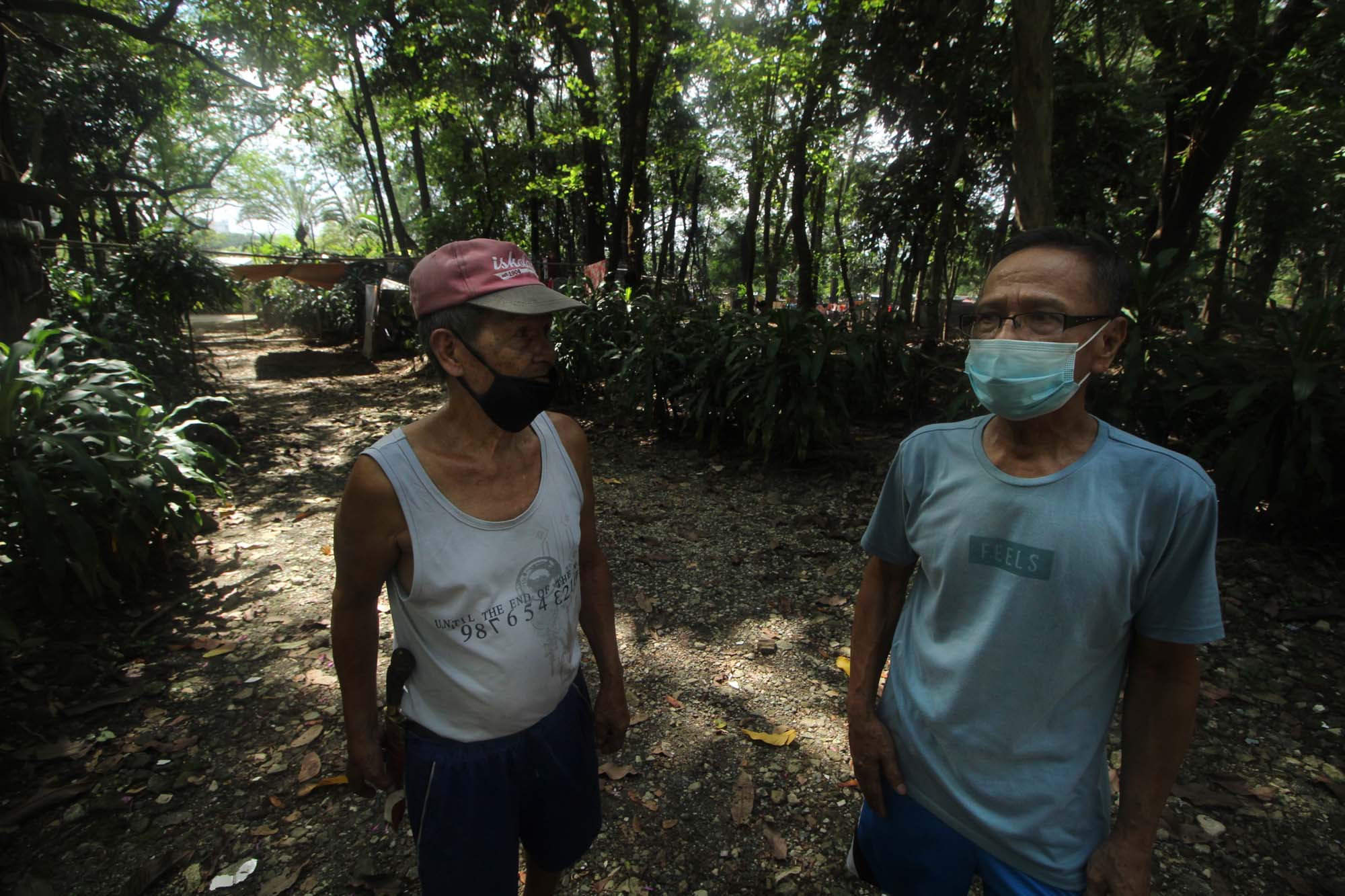
Benny Malicdem, 70, belongs to the second generation settlers. He recalls the days when Arboretum was less populated, and were made up of only one tightly-knit family.
Today, UP had to fence off the area with cyclone wires to contain the influx of people.
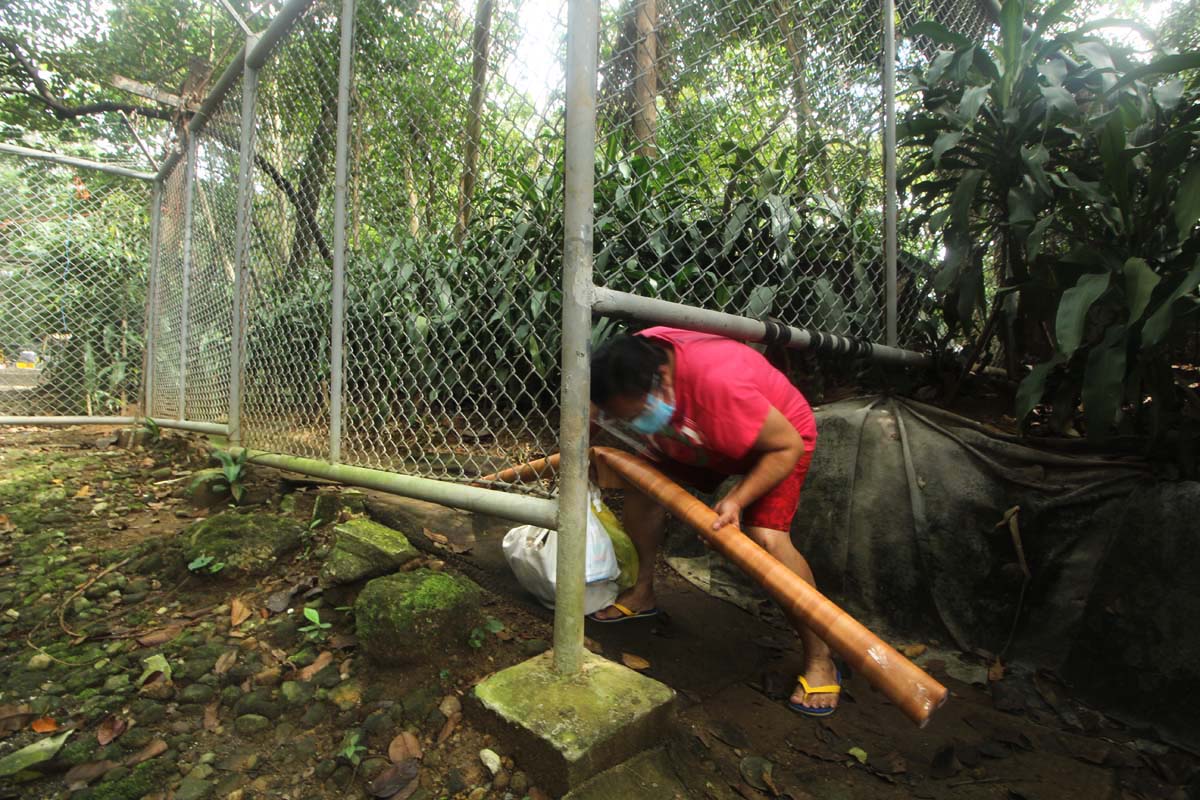
In 2012, UP declared the forest as Priority Protected Zone. Also, classified by the DENR as Protected Forest Area in a bid to prevent further invasive development that will impair its environmental completeness.
All for protection and preservation.
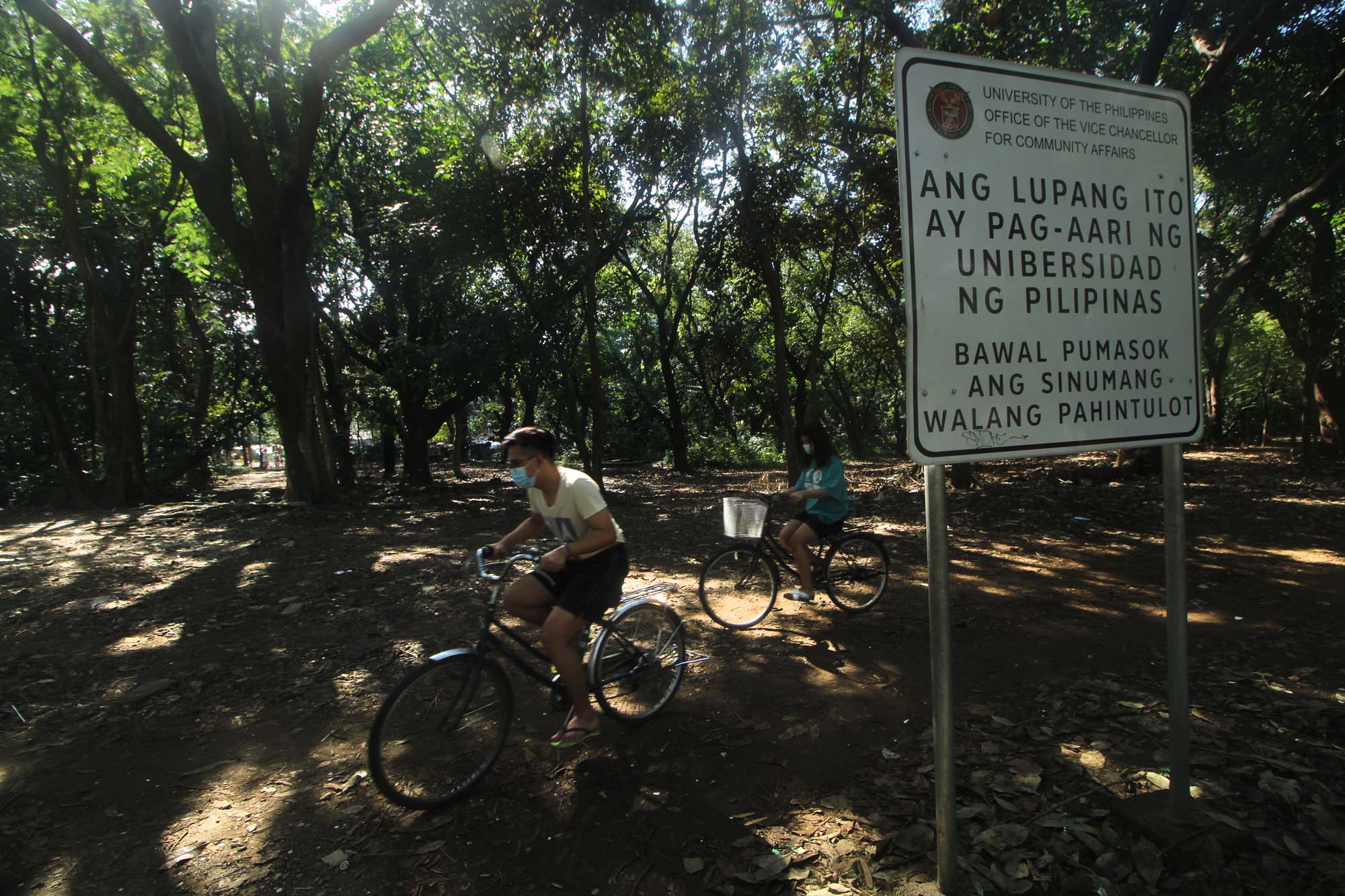
Unfortunately, in the most recent turn of events, the UP Board of Regents voted to reclassify half the area of Arboretum from Protected Forest Area into “Academic Support Zone” — paving the way for the construction of the UP-Philippine General Hospital, Diliman. A 20-billion- Peso project designed to occupy a big tract of the forest.
The BOR’s move faced strong opposition from residents, student groups and environmental organizations, denouncing the reclassification which they believe would not only displace some Pook Arboretum families, but will also unleash commercialization in the area and lead to decimation of the entire Arboretum.
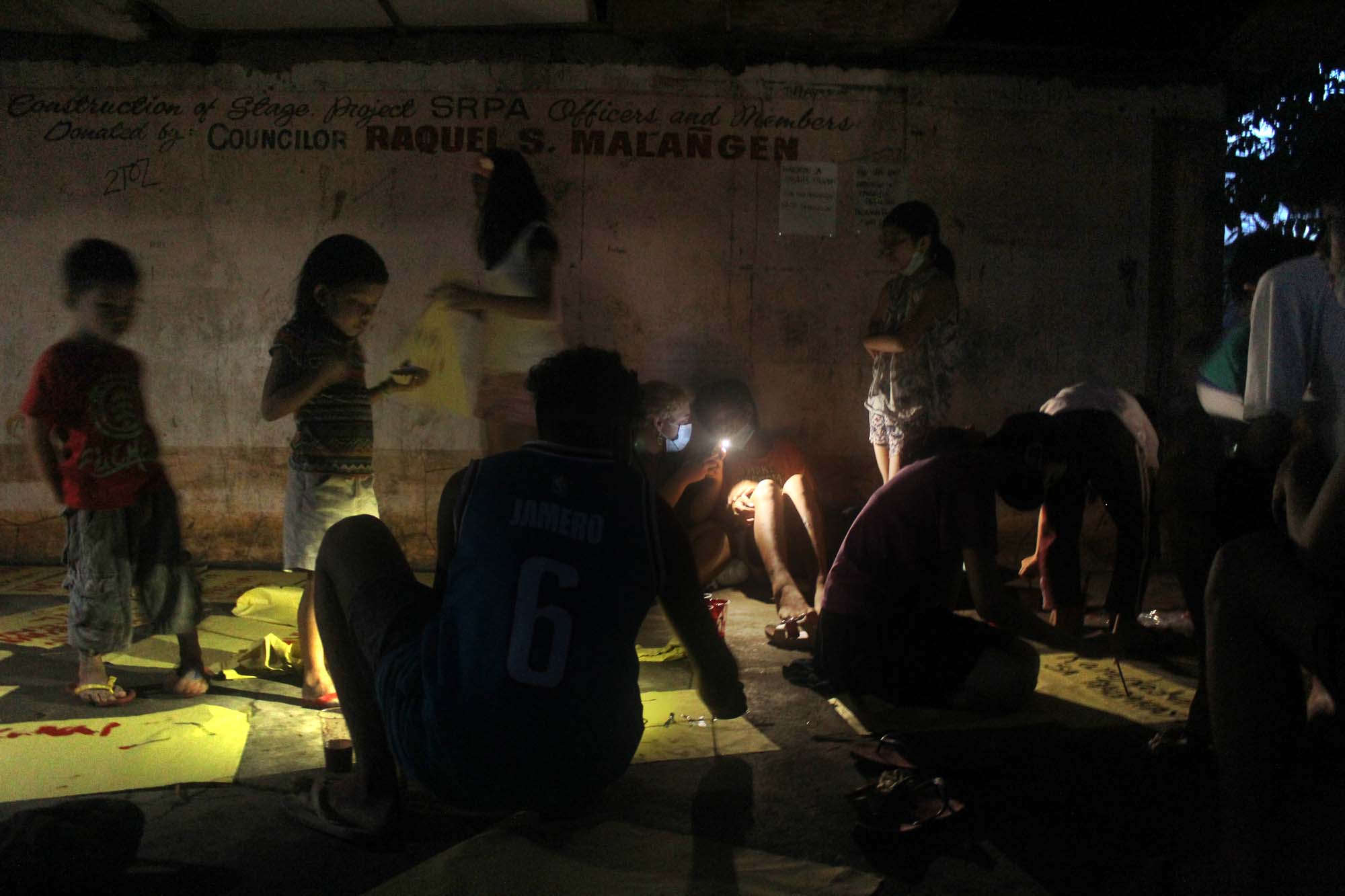
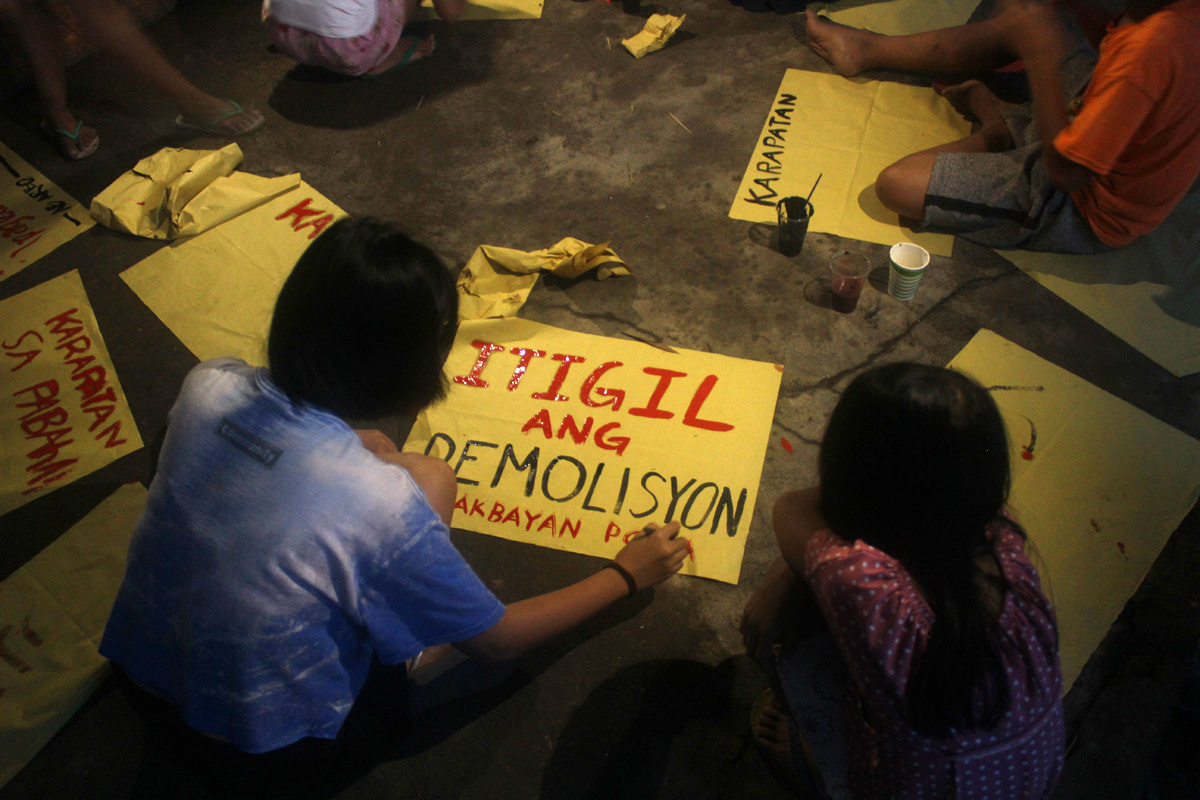
Although UP vowed to ensure relocation to families as well as biodiversity conservation strategies in proceeding with the development, the community is not convinced.
Save Arboretum Network, an alliance of individuals and environmental organizations, points to UP Ayala Land Technohub and UP Town Center as bitter lessons from the university’s past projects.
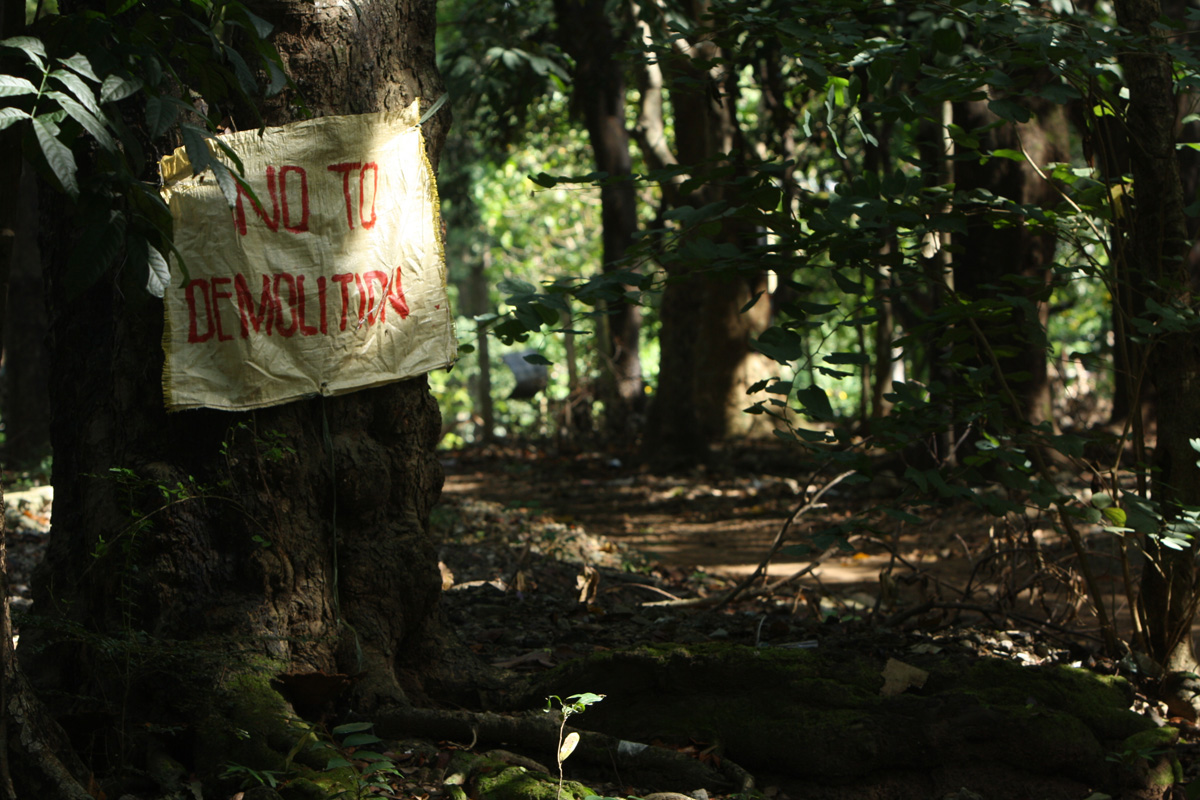
The University of the Philippines is a true champion not only in the promotion and protection of human rights, but also in terms of environmental conservancy. You can sense it neath the verdant canopy of acacias surrounding its Diliman campus. Or throughout the pristine forest of Mount Makiling itself, which is under the care of UP Los Baños no less.
UP takes pride in the implementation of research, development, programs in natural resources management, biodiversity conservation, climate change. The list goes on.
Makes one wonder now, how could the institution allow this patch of living forest — the only remaining in the metropolis, older than the city — be subjected to uncertainty?
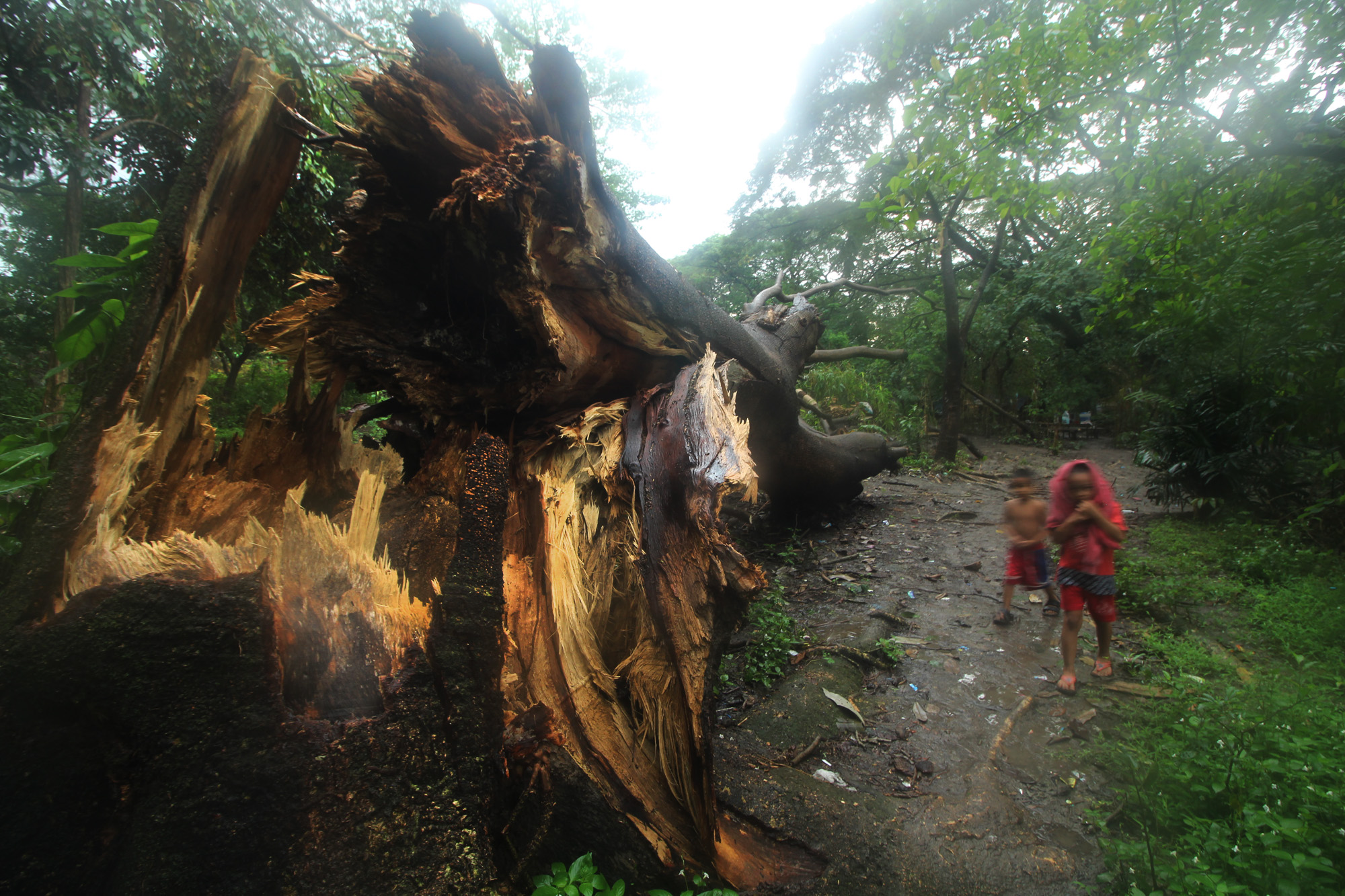
Once on an “Usapang Arboretum” roundtable discussion, UP Professor Aimee Lynn Barrin-Dupo expounded on a Baba Dioum line which in effect goes something like this: We need to teach people so they may understand. We need them to understand so they may love. We need them to love so in the end they may conserve.

The University of the Philippines Arboretum, the last forest in Metro Manila, is a community of living and non-living things weathering, interacting, holding out to each other. The variety of life inside is remarkably worthy of protection, preservation, conservation. And love. ###
Photo story by:
Elmer Nev C. Valenzuela
Photojournalist / Visual Storyteller
PonD News Asia